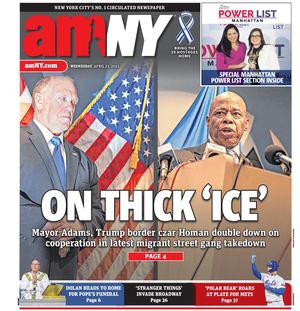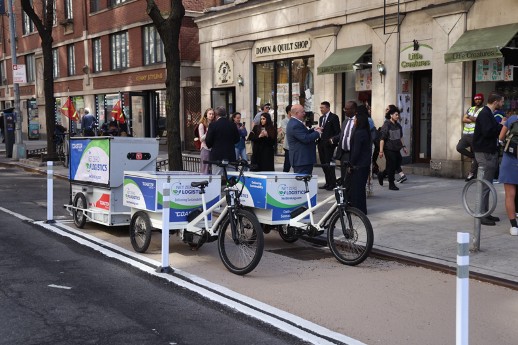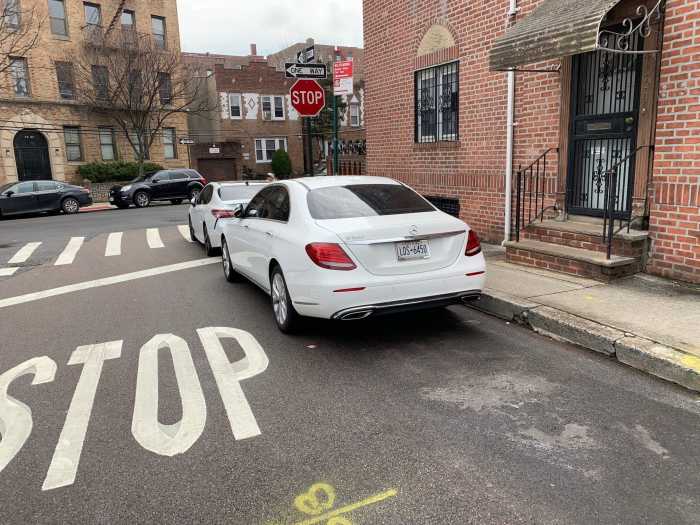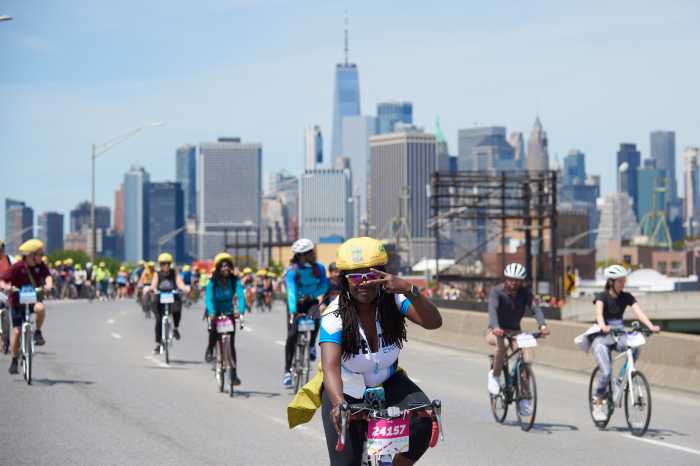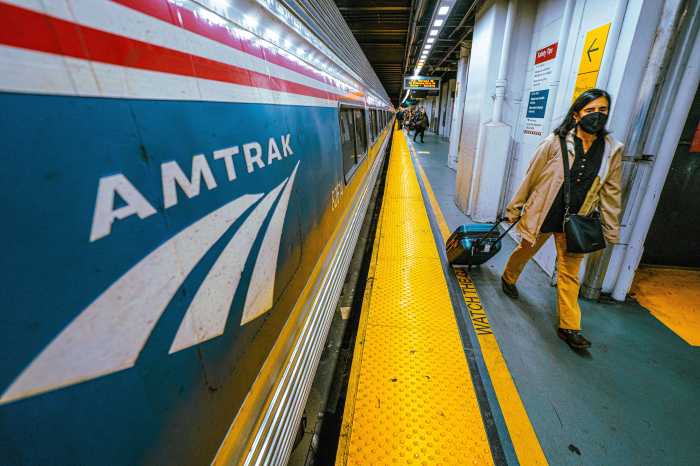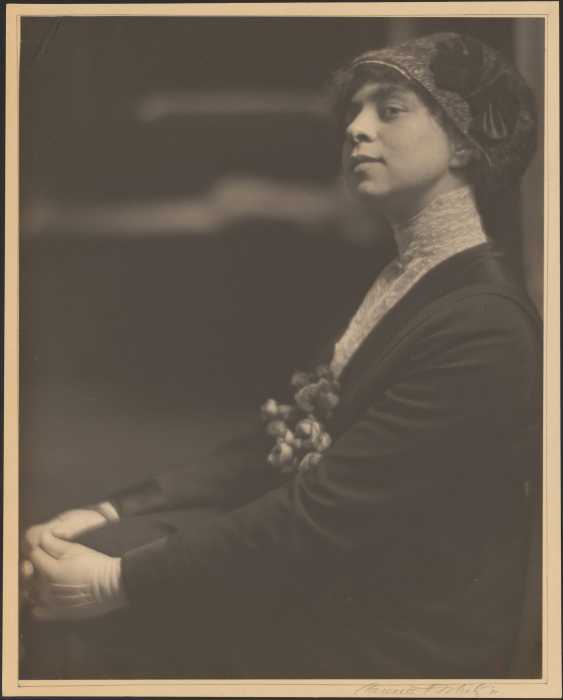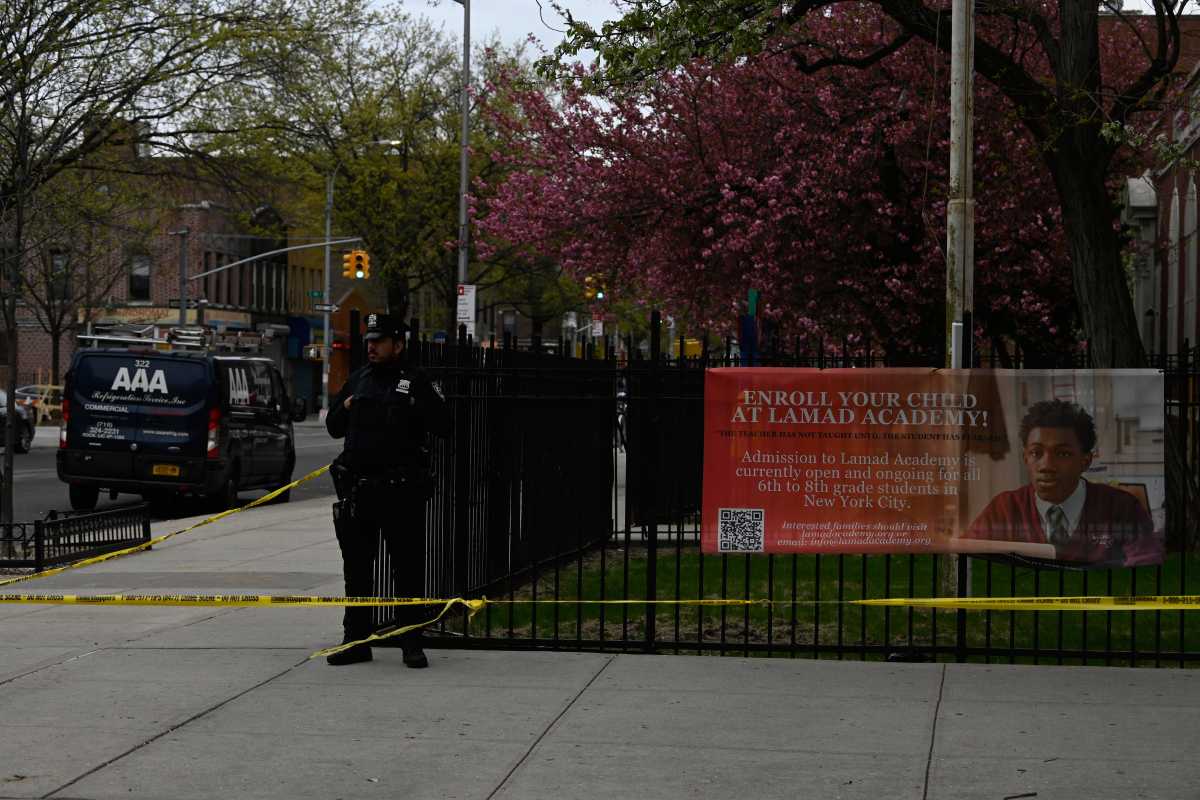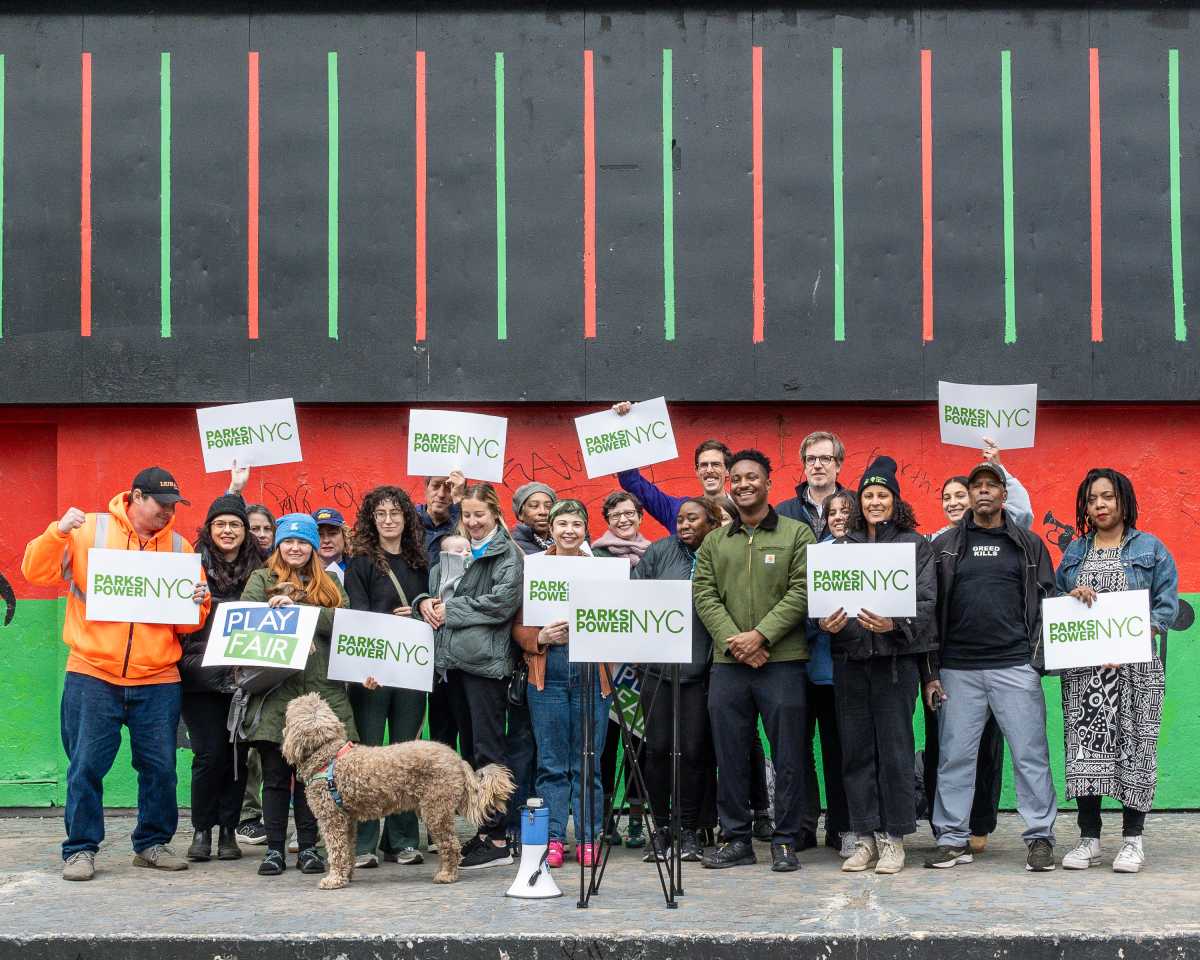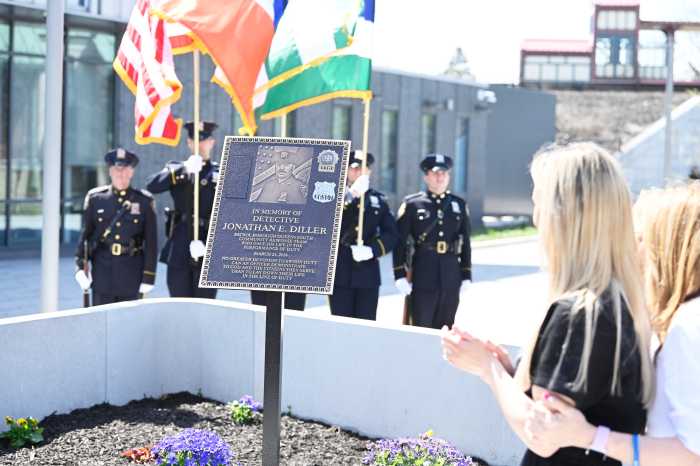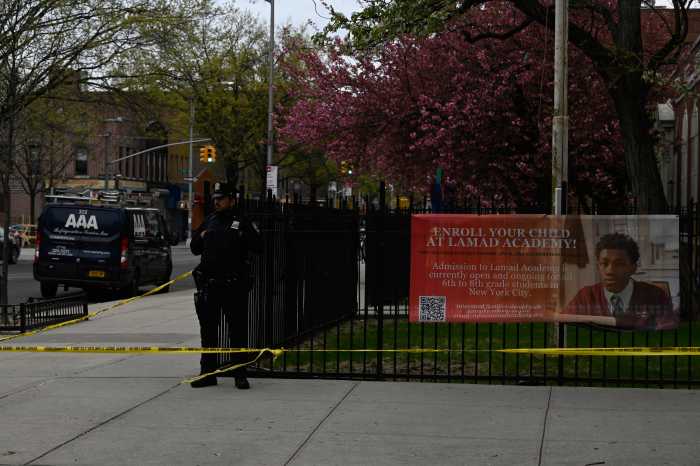
Mayor Bill de Blasio is open to congestion pricing — but only with certain carve-outs.
During testimony on the state’s budget on Monday, de Blasio put the onus on state lawmakers to find new revenue sources for the beleaguered MTA — which faces large capital and operating funding gaps — during the current budget cycle. He could get behind congestion pricing as a solution as long as there are “hardship exemptions” for certain drivers in the city, he said.
“New York City residents agree it is time to fix the state-run Metropolitan Transportation Authority, and it needs to be this year in this budget, I strongly believe,” de Blasio said. “And we know we all would like to see clear accounting of MTA capital expenditures and what money they need when — but in the meantime, we also know that tens of billions of dollars would be needed on a sustainable basis.”
The transit authority is in dire need of new funding to help cover the cost of a forthcoming five-year capital plan, which some have estimated to run a $60 billion price tag. That plan would, in part, fund half of the authority’s Fast Forward blueprint to modernize transit service with new subway signals, and dramatically expand subway station accessibility.
De Blasio has long supported a millionaire’s tax to fund the MTA, but said he could be open to a congestion pricing proposal Gov. Andrew Cuomo has added to the state’s budget as long as certain exceptions or discounts were made for subsects of drivers — including working-class outer borough drivers, and those with chronic medical conditions or disabilities.
Cuomo believes his congestion pricing toll on drivers entering Manhattan below 60th Street could net at least $1 billion annually for the MTA, which could be used by the authority to leverage bonds. Brooklyn Assemblyman Robert Carroll, perhaps the sharpest critic of de Blasio’s exemption stance, worried that creating too many exemptions for the tolls would leave congestion pricing “carved to death.”
“I think it is disingenuous to say that you would support a congestion pricing plan and then talk about the number of carve-outs that you’ve suggested today,” Carroll said, “Because we know that at the end of the day with those carve-outs we will end up not raising nearly enough revenue.”
As de Blasio voiced concerns for working-class car commuters, Carroll cut him off.
“Working New Yorkers take the subway, Mr. Mayor,” he said. “They do.”
A 2017 study of supporters of congestion pricing found that just 4 percent of employed outer-borough residents — about 118,000 — commute to jobs in Manhattan by vehicle, and only 2 percent of those who do — about 5,000 — are considered to be poor, or living under the federal poverty limit.
The mayor didn’t seem as concerned as others over another element of Cuomo’s congestion pricing plan that would give the state much more control over city streets. The mayor also said he would be comfortable giving Cuomo, who functionally controls the MTA, clearer control to improve accountability.
As the MTA has noted, de Blasio acknowledged that the MTA would need multiple new revenue streams, not just congestion pricing, to close budget gaps. He said the state should look at congestion pricing with hardship exemptions along with pulling in MTA revenue from measures like a millionaires tax; an internet sales tax; marijuana legalization or a transportation bond.
“I agree there needs to be some kind of combination” of new revenue, Carroll said. “But how can we get there when the single largest revenue source, which is congestion pricing, before we even get to that, we have carved it to death?”
The state budget is due April 1.
